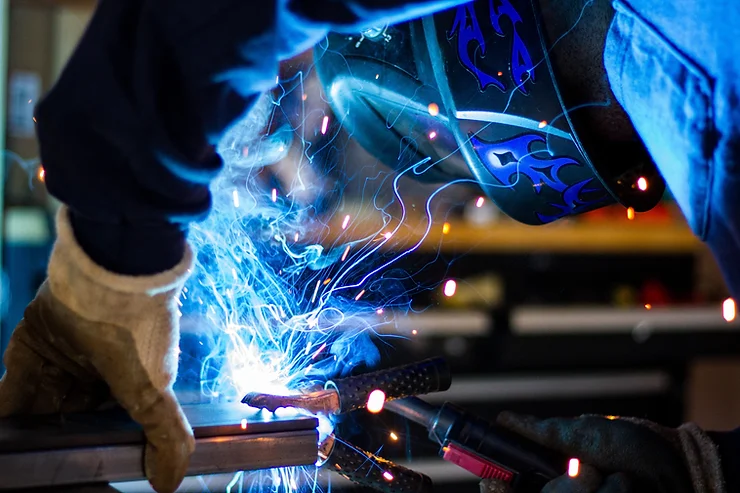Modern software technology changed my engineering life.
I finished engineering school at the time when engineers still drew their designs on the back of a fag packet, or, if you were more sophisticated or not smoking, on a serviette in a coffee house. The idea was then passed on to the drawing office where countless draftees were bending over A0 sheets on drawing boards developing the designs in 2D. Often the designs would be “developed” on the shop floor and later reverse-engineered back onto paper.

Then came CAD and FEA, which became 3D CAD and then Solids Modelling. To put this shift into perspective, some of you may not even remember the old typist’s pools? We used to hand-write letters which would go to the typist pool where they would be typed and sent back for editing. I remember being particularly unpopular with the typists because of all the edits I would do! Then arrived word processing, and all of a sudden it was quicker to type and edit the letter yourself – typists became obsolete. The same happened with CAD. It became quicker for the engineer to design in 3D CAD himself, and then, I may as well do the detailing myself as well!
The entire process of design has become so much more efficient and effective. The modern design engineer uses an interactive design process – he or she develops the design on 3D CAD and runs stress analysis, flow analysis and the like as the design progresses, often in the same software. When the first concept is finished it should already be a “feasible” build, albeit maybe not fully optimized yet. That gives the customer a genuine realistic design to consider, before pressing the proceed button.
However, it is not the software that makes the design, that is still done by the person. The software itself does not possess ingenuity, accuracy or skill in itself. Some years ago, a prospective customer approached me with an interesting tale – he hired a cheap CAD designer on some government pay incentive scheme to design a container side lifter for which he had orders from Thailand. After 1 year he had a full set of drawings, the only problem was when they went to build it, the design turned out to be, as he called it, an “artist impression”. It was truly that, the design had to be redone completely, it could not be built and would not have worked!
The state of the art right now is FEA which can analyze an entire complex assembly rather than single parts, and analyze welds and bolted connections with ease. In addition, generative design where one can use the software to develop the lightest, strongest or stiffest design within set parameters. This is still limited to single parts. Most CAD can do movement simulations with ease and check for interferences, spit out Bills of Material, and produce information to facilitate easy manufacturing such as NC milling paths, sheet metal folding and so on. The net effect is that the design engineer has a set of tools at his fingertips than enables great designs!
Where to from here? For me, the most exciting development right now is 3D printing with metals that are almost as strong as machined components. All of a sudden, we can make parts that were previously not possible or very difficult to make, and, this is on-demand! The technology is still expensive and the software integration is not great, but this offers massive scope for product improvement going forward. Time again to change our thinking…


